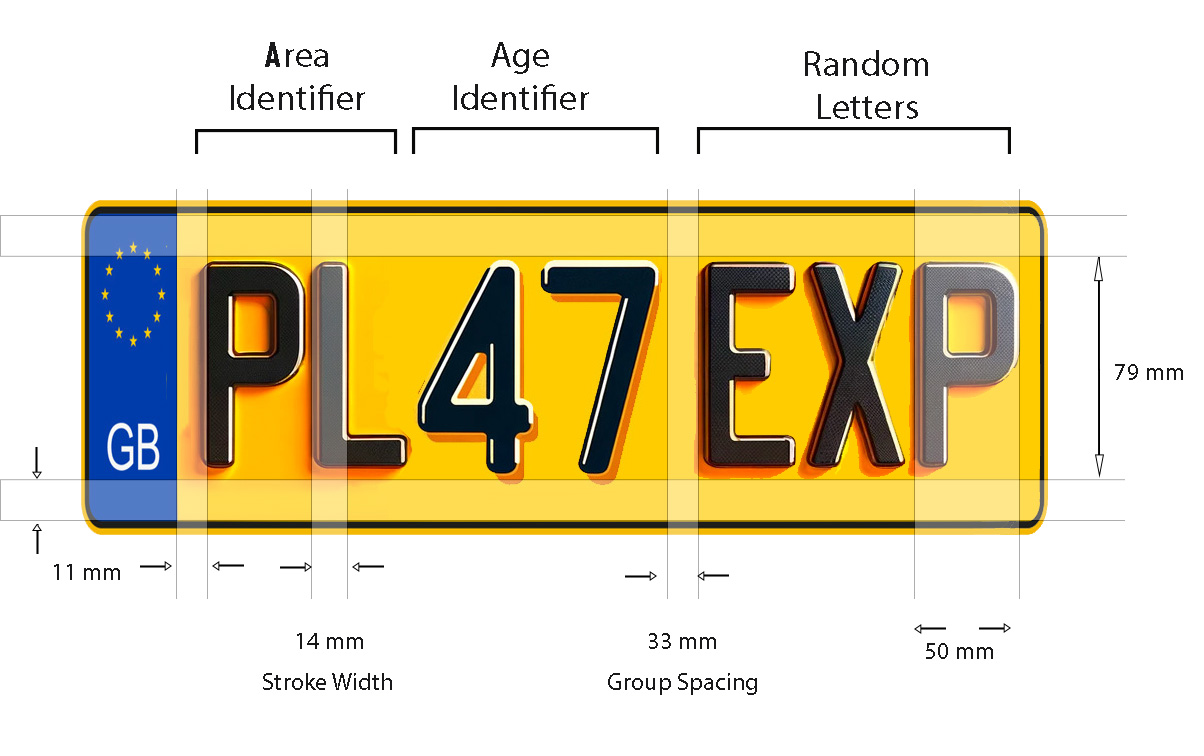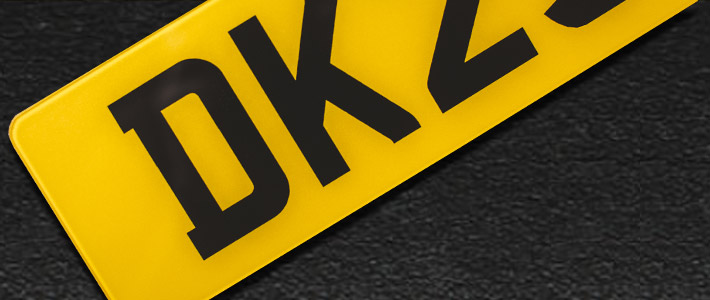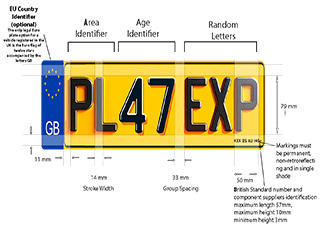Cruising down the open road in your vehicle is a liberating experience. But to ensure a smooth and legal journey, it’s crucial to ensure your number plate adheres to specific regulations set forth by the Driver and Vehicle Licensing Agency (DVLA). This article delves into the legal requirements for UK number plates, guiding you through the essential aspects to avoid any unwanted issues.
Understanding the Importance of Legal Number Plates
Number plates serve a critical purpose beyond simple vehicle identification. They act as a vital tool for law enforcement, enabling them to track registered vehicles, investigate traffic offences, and ensure overall road safety. By adhering to the legal specifications for number plates, you contribute to a safer and more efficient road network for everyone.
Essential Requirements for UK Number Plates
Ensuring your number plates comply with UK regulations is crucial for safe and legal driving. Here’s a detailed breakdown of the key requirements:
Font and Character Specifications
Imagine zooming down the motorway at dusk, only to struggle deciphering a vehicle’s number plate due to an unusual font. To prevent such confusion, UK law mandates the use of the Charles Wright 2001 font for all number plate characters. This standardised typeface boasts a clean, simple design with clear letter and number shapes. This ensures optimal legibility for both the human eye and automated recognition systems (ANPR) employed by law enforcement. ANPR cameras rely on accurately identifying characters to track vehicles, investigate traffic violations, and maintain overall road safety.

Size and Spacing – Striking the Perfect Balance
Beyond the font itself, the size and spacing of characters on your number plate are also subject to strict regulations. Each letter and number must measure precisely 79mm in height and 50mm in width. This ensures they are large enough to be easily read from a safe distance, even in less than ideal lighting conditions. The space between individual characters is equally important, with a mandated 11mm gap separating them. This prevents visual crowding and ensures each character remains distinct. Additionally, a specific 33mm gap is required between the age identifier (the two-letter code indicating when the vehicle was first registered) and the random number elements on the plate. Maintaining these precise measurements is crucial for ensuring your number plate is easily identifiable by both human eyes and automated systems.
Colour and Reflectivity b- Seeing Clearly at Night
The background colour of your number plate depends on the type of vehicle you drive. Cars, vans, and trucks utilise white plates with black characters. This high-contrast combination offers excellent daytime visibility. For motorcycles, scooters, and motor tricycles, the law dictates yellow plates with black characters. This colour scheme ensures motorbikes stand out on the road, especially during daylight hours. But what about low-light conditions? Here’s where the requirement for reflective material comes in. All number plates in the UK must be manufactured using a material that reflects light back towards its source. This ensures your vehicle remains visible to other drivers during nighttime or in poor weather conditions, significantly enhancing road safety.
Manufacturer’s Markings – Keeping Track of Origin
Since September 2021, an additional element has been added to UK number plates: the manufacturer’s mark. This permanent marking typically appears at the bottom of the plate and serves two purposes. Firstly, it identifies the name or code of the company that manufactured the plate. This allows authorities to trace the origin of a plate in case of any issues or concerns. Secondly, the mark includes the British Standard number BS AU 145e. This signifies that the plate adheres to all the necessary safety and quality regulations set forth by the British Standards Institution.
Flags and Borders – A Touch of Personalisation (With Limits)
While the core elements of your number plate must strictly adhere to regulations, a touch of personalisation is permitted. You can display certain flags or national identifiers on your plate. However, these additions must comply with specific guidelines. The borders surrounding these flags should be a single colour, permanently printed on the plate, and no wider than 5mm. Additionally, they must be positioned at least 10mm away from the edge of the characters on your plate. Furthermore, these borders cannot be reflective or patterned, as such designs can hinder legibility. By following these regulations, you can add a touch of personal flair to your number plate while ensuring it remains fully compliant with the law.
Beyond the Basics – Avoiding Common Legal Issues
Understanding the core legalities is crucial, but here are some additional considerations to ensure your number plates remain compliant:
Maintaining Legibility: Over time, number plates can become faded, scratched, or obscured by dirt. It’s your responsibility to ensure the characters remain clear and easily readable. If your plate shows any signs of deterioration, replace it immediately to avoid potential fines.
Tampering is a No-Go: Altering the characters, spacing, or any other aspect of your number plate is strictly prohibited. This includes attempts to obscure characters with dirt or manipulating the plate to appear different. Tampering with number plates is a serious offence resulting in fines and potential vehicle seizure.
Displaying the Correct Plate: Vehicles must display both the front and rear number plates in the designated locations. Failure to display either plate, or displaying an incorrect plate for the vehicle, can lead to penalties.
Following these guidelines ensures your number plates are not only legal but also contribute to overall road safety. Remember, a simple check of your number plate’s condition and adherence to regulations can prevent unnecessary hassle on your journey.
Keeping Up-to-Date: Resources for Further Information
The DVLA website is a valuable resource for the latest information on number plate regulations. They provide detailed guidelines, downloadable resources, and contact information for any inquiries you may have. Here’s the link for your reference: https://www.gov.uk/displaying-number-plates
By familiarising yourself with the legal requirements for UK number plates, you can ensure a smooth and hassle-free driving experience. So, the next time you hit the road, take a moment to ensure your number plates are compliant and ready for your adventure!



